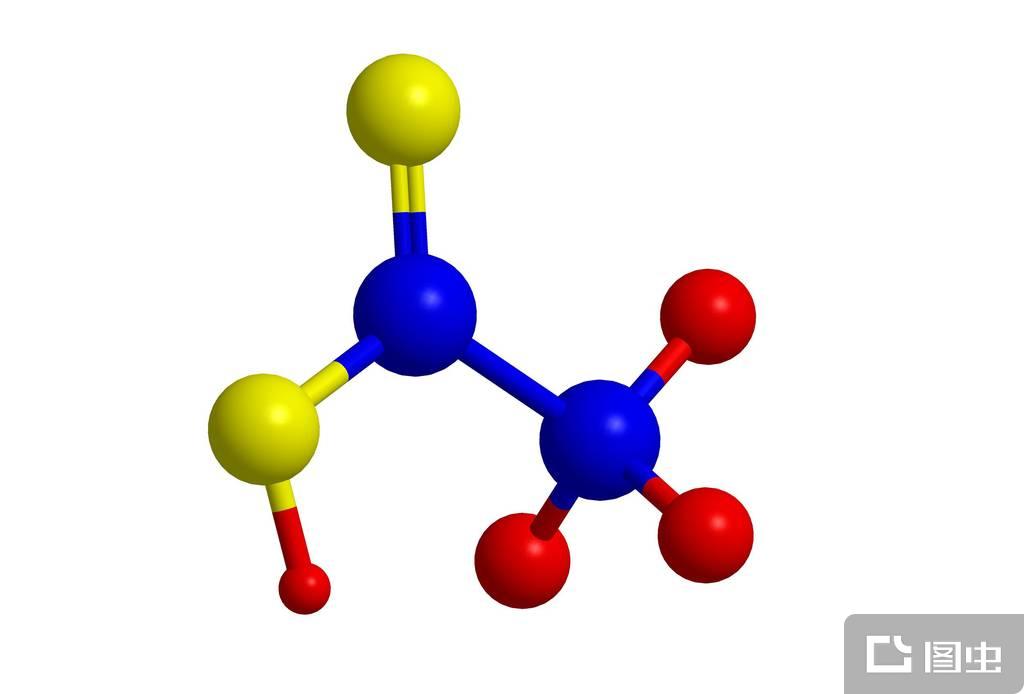变化规则
规则动词的过去分词的构成规则与规则动词的过去式的构成规则相同。五点变化规则:
(1)一般动词,在词尾直接加“-ed ”。
work---worked,visit---visited
(2)以不发音的“e、ue”结尾的动词,只在词尾加“d ”。
live---lived
(3)以“辅音字母+ y ”结尾的动词,将"y"变为"i",再加“-ed”。
study—studied,cry—cried,try—tried
(4)“重读闭音节”结尾,且末尾只有一个辅音字母(w、y、x除外),辅音字母前只有一个元音字母,先双写该辅音字母,再加“-ed”。
stop—stopped,plan—planned
特例:有两类动词本身应该直接加“ed”,但由于历史习惯,依旧要双写最后一个字母,再加“ed”。以“元音字母+l”非重读结尾的规则动词变过去分词也要双写“l",再加“ed”。例如cancel→cancelled,dial→dialled。另外还有一些以非重读闭音节结尾的规则动词变过去分词也要双写最后一个辅音字母,再加“ed”。例如:kidnap→kidnapped,worship→worshipped。而上述两种情况在美国一般却直接加“ed”。
(5)以c结尾的动词,要变c为ck,再加“-ed”。
picnic→picnicked,traffic→trafficked
语法例句
过去完成时常用的时间状语有:
1.
by the end of last+时间段.
By the end of last term, we had learned 5000 new words.到上学期末,我们已经学了5000个新词。
2. By the time sb. +动词过去式如:The bus had already left
by the time
I got there.3.By (the time of)+时间段
By the time of last year ,we had built two bridges.
语法结构
主语+had+动词过去分词
①肯定句:主语+had+动词过去分词+其他.
②否定句:主语+had+not+动词过去分词+其他.
③疑问句:Had+主语+动词过去分词+其他?
肯定回答:Yes,主语+had.
否定回答:No,主语+hadn't.
④特殊疑问句:特殊疑问词或词组+had+主语+过去分词+其他?
⑤被动语态:主语+had(not) +been+动词过去分词+其他.[1]
基本用法
630次播放01:11【英语语法第47集—过去完成时】一个视频掌握英语过去完成时!(1)表示在过去某一时刻或动作以前完成了的动作,也可以说过去的时间关于过去的动作。即“过去的过去”。可以用by,before等介词短语或一个时间状语从句来表示,也可以用一个表示过去的动作来表示,还可能通过上下文来表示。
例如:By nine o’clock last night,we had got 200 pictures from the spaceship.
到昨晚9点钟,我们已经收到200张飞船发来的图片。
(2)表示由过去的某一时刻开始,一直延续到过去另一时间的动作或状态,常和for,since构成的时间状语连用。
如:I had been at the bus stop for 20 minutes when a bus finally came.
当车来的时候,我在车站已等了20分钟。
He said he had worked in that factory since 1949.
他说自从1949年以来他就在那家工厂工作。
(3)叙述过去发生的事情,在已叙述了过去发生的事情后,反过来追述或补述以前发生的动作时,常使用过去完成时。
如:Mr.Smith died yesterday.He had been a good friend of mine.
史密斯先生昨天去世了。他以前是我的好友。
I didn’t know a thing about the verbs,for I had not studied my lesson.
我对动词一无所知,因为我没有好好学习功课。
(4)在含有定语从句的主从复合句中,如果叙述过去的事,先发生的动作常用过去完成时。
例如:I returned the book that I had borrowed.
我已归还了我借的书。
She found the key that she had lost.
她丢失的钥匙找到了。
(5)过去完成时常常用在told,said,knew,heard,thought等动词后的宾语从句(或间接引语)中,这时从句中的动作发生在主句表示的过去的动作之前。
例如:He said that he had known her well.
他说他很熟悉她。
I thought I had sent the letter a week before.
我认为我一星期前就把信寄出去了。
(6)状语从句:在过去不同时间发生的两个动作中,发生在前,用过去完成时;发生在后,用一般过去时。如:when,before,after,as soon as,till/until引导的复合句。
例如:When I woke up,it had already stopped raining.
我醒来时雨已停了。
She didn’t go to bed until she had finished her work.
她直到把工作做完之后才睡觉。
注意:如果两个动作紧接着发生,则常常不用过去完成时,特别是在包含before和after的复合句中,因为从句的动作和主句的动作发生的先后顺序已经非常明确,可以用一般过去时代替过去完成时。
如:After he arrived in England,Marx worked hard to improve his English.
马克思到达英格兰之后,努力提高他的英语水平。
(7)动词think,want,hope,mean,plan,intend等用过去完成时来表示过去未曾实现的想法,希望,打算或意图等。
如:They had wanted to help but could not get there in time.
他们本来打算去帮忙,但没有及时赶到那里。
We had hoped to be able to come and see you.
我们本来希望能来看看你。
(8)过去完成时还可用在hardly…when…,no sooner…than…,It was the first(second,etc) time (that)…等固定句型中
如:Hardly had he begun to speak when the audience interrupted him.
他刚开始演讲,听众就打断了他。
No sooner had he arrived than he went away again.
他刚到就又走了。
It was the third time that he had been out of work that year.
这是他那一年第三次失业了。
语法区别
1146次播放02:02英语词态——一般过去时和过去完成时的区别与现在完成时的区别
现在完成时表示的动作发生在过去,以now的时间为基点,但侧重对now产生的结果或造成的影响;过去完成时则是一个相对的时态,以过去时间为基点,它所表示的动作不仅发生在过去,更强调“过去的过去”,只有和过去某时或某动作相比较时,才用到它。
比较:I have learned 1000 English words so far.到目前为止我已经学会了 1000 个英语单词。
I had learned 1000 English words till then.到那时为止我已经学会了 1000 个英语单词。
— I'm sorry to keep you waiting. 对不起,让你久等了。
— Oh, not at all. I have been here only a few minutes.没什么,我只等了几分钟。
与一般过去时的区别
1. 时间状语不同:过去完成时在时间上强调“过去的过去”;而一般过去时只强调过去某一特定的时间。
比较:They had arrived at the station by ten yesterday.
They arrived at the station at ten yesterday.
2.过去完成时表示过去的过去,不单独使用,一般和一般过去式一起使用。
3. 当两个或两个以上接连发生的动作用 and 或 but 连接时,按时间顺序,只需用一般过去时来代替过去完成时;另外,在 before , after , as soon as 引导的从句中,由于这些连词本身已经表示出时间的先后,因此也可以用过去时来代替过去完成时。
He entered the room, turned on the light and read an evening paper.
语法判定
由时间状语来判定
一般说来,各种时态都有特定的时间状语。与过去完成时连用的时间状语有:
( 1 ) by + 过去的时间点。如:
I had finished reading the novel by nine o'clock last night. 昨晚九点我已看完这本小说了。
( 2 ) by the end of + 过去的时间点。如:
We had learned over two thousand English words by the end of last term. 到上学期末我们已经学了二千多个英语单词。
( 3 ) before + 过去的时间点。如:
They had planted six hundred trees before last Wednesday. 在上星期三之前,他们已经种了六百棵树了。
由“过去的过去”来判定
过去完成时表示“过去的过去”,是指过去某一动作之前已经发生或完成的动作,即动作有先后关系,动作在前的用过去完成时,在后的用一般过去时。这种用法常出现在:
( 1 )宾语从句中
当宾语从句的主句为一般过去时,且从句的动作先于主句的动作时,从句要用过去完成时。在told, said, knew, heard, thought等动词后的宾语从句。如:
She said that she had seen the film before. 她说她已经看过这部电影了。
( 2 )状语从句中
在时间、条件、原因、方式等状语从句中,主、从句的动作发生有先后关系,动作在前的,要用过去完成时,动作在后的要用一般过去时。如:
After he had finished his homework, he went to bed. 做完作业后,他上床睡觉了。
注意: before, after 引导的时间状语从句中,由于 before 和 after 本身已表达了动作的先后关系,若主、从句表示的动作紧密相连,则主、从句都用一般过去时。如:
After he closed the door, he left the classroom.他关上了门,离开了教室。
(3)表示意向的动词,如hope, wish, expect, think, intend, mean, suppose等,用过去完成时表示"原本…,未能…"
We had hoped that you would come, but you didn't.我们原本希望你来,但你没有来。
根据上、下文来判定
I met Wang Tao in the street yesterday. We hadn't seen each other since he went to Beijing.[1]我昨天在街上遇见了王滔。自从他去北京,我们都没有见过面。









